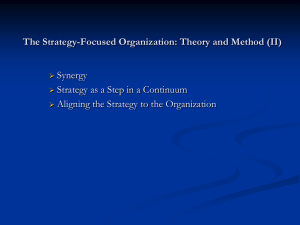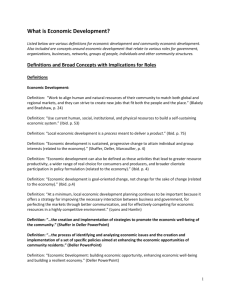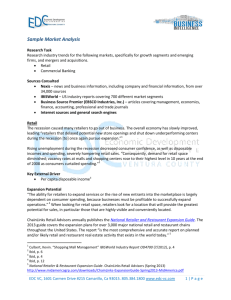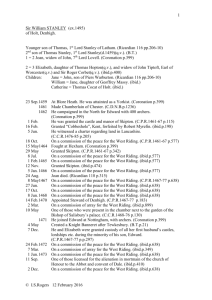Here is a short paper
advertisement
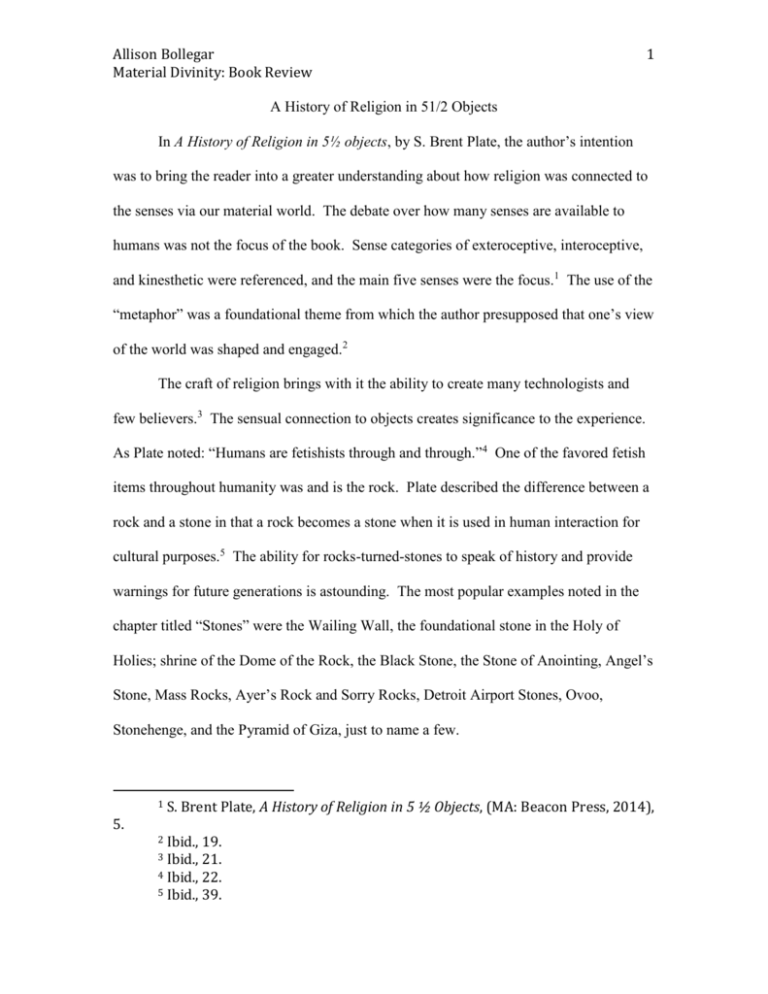
Allison Bollegar Material Divinity: Book Review 1 A History of Religion in 51/2 Objects In A History of Religion in 5½ objects, by S. Brent Plate, the author’s intention was to bring the reader into a greater understanding about how religion was connected to the senses via our material world. The debate over how many senses are available to humans was not the focus of the book. Sense categories of exteroceptive, interoceptive, and kinesthetic were referenced, and the main five senses were the focus.1 The use of the “metaphor” was a foundational theme from which the author presupposed that one’s view of the world was shaped and engaged.2 The craft of religion brings with it the ability to create many technologists and few believers.3 The sensual connection to objects creates significance to the experience. As Plate noted: “Humans are fetishists through and through.”4 One of the favored fetish items throughout humanity was and is the rock. Plate described the difference between a rock and a stone in that a rock becomes a stone when it is used in human interaction for cultural purposes.5 The ability for rocks-turned-stones to speak of history and provide warnings for future generations is astounding. The most popular examples noted in the chapter titled “Stones” were the Wailing Wall, the foundational stone in the Holy of Holies; shrine of the Dome of the Rock, the Black Stone, the Stone of Anointing, Angel’s Stone, Mass Rocks, Ayer’s Rock and Sorry Rocks, Detroit Airport Stones, Ovoo, Stonehenge, and the Pyramid of Giza, just to name a few. 1 5. S. Brent Plate, A History of Religion in 5 ½ Objects, (MA: Beacon Press, 2014), Ibid., 19. Ibid., 21. 4 Ibid., 22. 5 Ibid., 39. 2 3 Allison Bollegar Material Divinity: Book Review 2 And then there is smell. The human sense of smell is connected to the emotion center of the brain, and it “touches our species’ deep desires and fears.”6 Plate leads his readers to consider how the recipes for sacred smells were sometimes kept secret, as in Judaism, and at other times available to the masses in areas such as India. Incense was an offering in that it burned and reached the deities. Creating and burning incense was a great honor and responsibility. The most interesting craftsmanship, provided by Plate, was the skill of the Abtinas family.7 Their secret formula allowed for visual and olfactory connections to their religious rituals and history. They were able to make incense smoke raise straight up and come down in an impressive form. Returning the favor of aroma back to the deities who gave it in the first place, allowed for a reciprocal relationship of presence and regard. What about sight? Visual understanding about the cosmos and the material world, were captured in the cross. The cross can be an intersection of two ideas and forms, a connection between humanity and the divine, and a connection between nature and culture.8 A couple of popular beliefs that utilize the concept of the cross are the Taoist yin and yang,9 and the Christian cross that was a form of capital punishment. For some, such as Christians, the cross is a “summarizing symbol” that stands for a larger system.10 Ibid., p. 63. Ibid., p. 69. 8 Ibid., p.139. 9 Ibid., p.146. 10 Ibid., 149. 6 7 Allison Bollegar Material Divinity: Book Review 3 There is a sound that moves people, a rhythm. It is the beat of the drum. Plate stated that “the heart is a drum” whose rhythm is that of life.11 Plate wrote of how the drum brought together people and their deities, announced war, drowned out the sounds of child sacrifices, spoke through tones, stood in for the Great Spirit, and held sacred histories. The drum had the power to move groups of people, penetrating into the nervous system. The power of the drum was feared by some and thought to be of the devil. As Plate quoted, “He that knoweth only one religion knows nothing at all about religion.12 The history of bread. Plate wrote about the history of bread revealed through worship, turmoil, famine, prosperity (bread-eaters)13, and mystery. Today, bread continues to play an important role in ritual and it continues to speak about the history of humanity. For evangelicals such as Finney, Miller, White, and Kellogg, the morality of diet was important and purity measures were supposed to keep people closer to God’s intentions. However, Kellogg eventually moved away from the emphasis on purity and produced processed foods such as Pop Tarts. Plate successfully led the reader to consider that he or she is simply the “1/2” in search of his or her whole. Humans are not spiritually complete without experiencing their world through their senses, and therefore through objects. “Religion is a noun that is nothing without its verb, a concept that is nothing without its embodiment.”14 To Plate, the soul is the created through the connection of people and their objects.15 Ibid., 99. Ibid., 114. 13 Ibid.,180. 14 Ibid., 216. 15 Ibid., p. 218. 11 12 4 Allison Bollegar Material Divinity: Book Review Bibliography Plate, S. Brent. A History of Religion in 5 ½ Objects: Bringing the Spiritual to its Senses. MA: Beacon Press, 2014.






